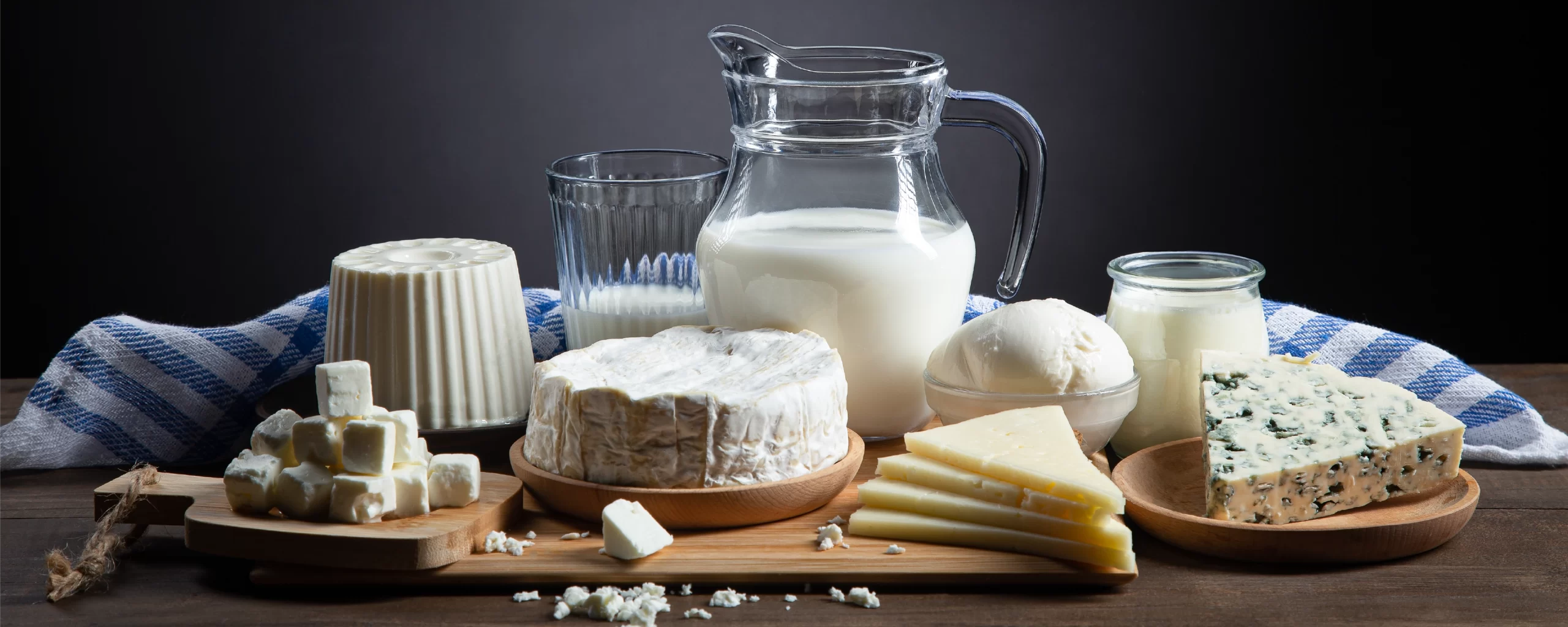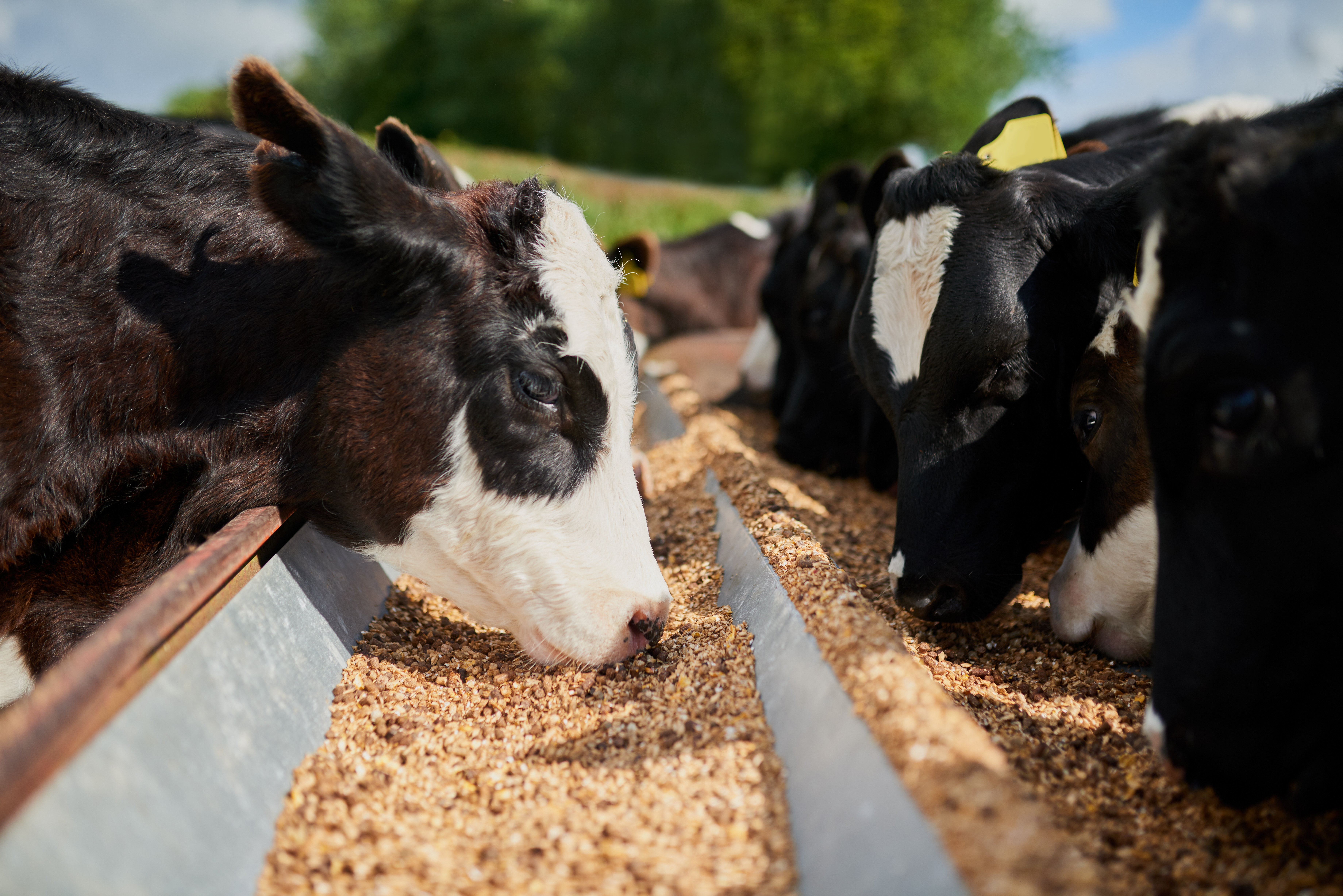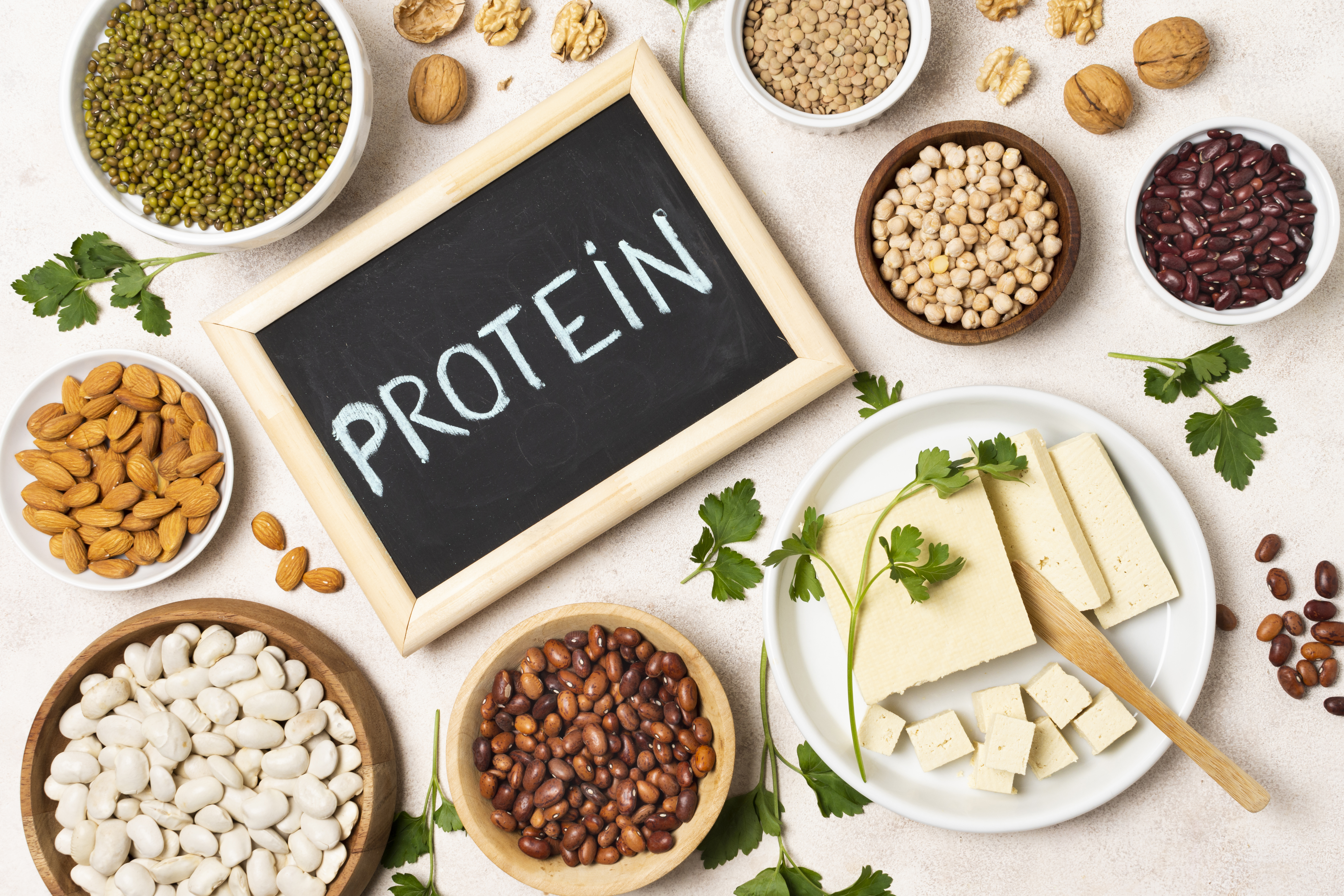How Can Plant-Based Dairy and Desserts Dominate the Market in 2030?
The plant-based food movement has evolved into a revolution and is now transitioning into a mainstream lifestyle for consumers. Once considered a niche trend, driven by ethical, environmental, and health concerns, this movement has altered the way consumers approach food and perceive it.
Notably, two categories, dairy and desserts, are witnessing the seismic shift from animal-based products to plant-based. Interestingly, over the years, the popularity has skyrocketed due to the benefits it offers to consumers, as well as their satisfaction with sustainability practices and animal welfare, all of which contribute to their overall health.
TL;DR
- Plant-based dairy and desserts are rapidly entering the mainstream due to ethical, environmental, and health concerns.
- Market expected to double by 2030, driven by consumer demand and regional expansion (especially Europe, North America, and Asia-Pacific).
- Key ingredients include oat, almond, soy, pea protein, and coconut—chosen for nutrition, texture, and sustainability.
- Innovations in flavor, texture, and fortification are making plant-based products competitive with traditional dairy.
- Major companies (Danone, Unilever, Nestlé) and startups (Oatly, Ripple) are shaping the future of the industry.
- Key challenges: taste replication, price accessibility, and consumer education.
- Environmental impact is significantly lower compared to dairy—less emissions, water, land use, and pollution.
Market of Plant-based Food
The global plant-based food market is expected to reach 77.8 billion U.S. dollars in 2025. Further growth is expected. The forecast projects that by 2030 the market will have more than doubled. The progress is evident in consumer behavior and trends, with a significant number of people adopting the plant-based alternative for multiple reasons, including reducing their carbon footprint, addressing lactose intolerance, and a growing admiration for animal welfare.
The key growth regions have been Europe and North America. Besides, Asia-Pacific markets are witnessing rapid adaptation following the rising health awareness and urbanization.
Companies planning to enter the market must understand the growth drivers and nuanced regional markets, along with effective entry strategies for developing products that cater to their ascension in the competition.
Understanding Plant-Based Dairy and Desserts
Plant-based dairy encompasses a range of products, including cheese, creamers, milk, yogurt, and dairy-like alternatives derived from plant sources such as grains, seeds, legumes, and nuts.
Likewise, plant-based desserts comprise puddings, ice creams, custards, and other sweets sans ingredients procured from animals.
Primarily, these products offer the nutritional benefits, taste, and texture of conventional dairy. Additionally, they offer benefits such as lower saturated fat, lactose-free options, and environmental sustainability for conscious consumers.
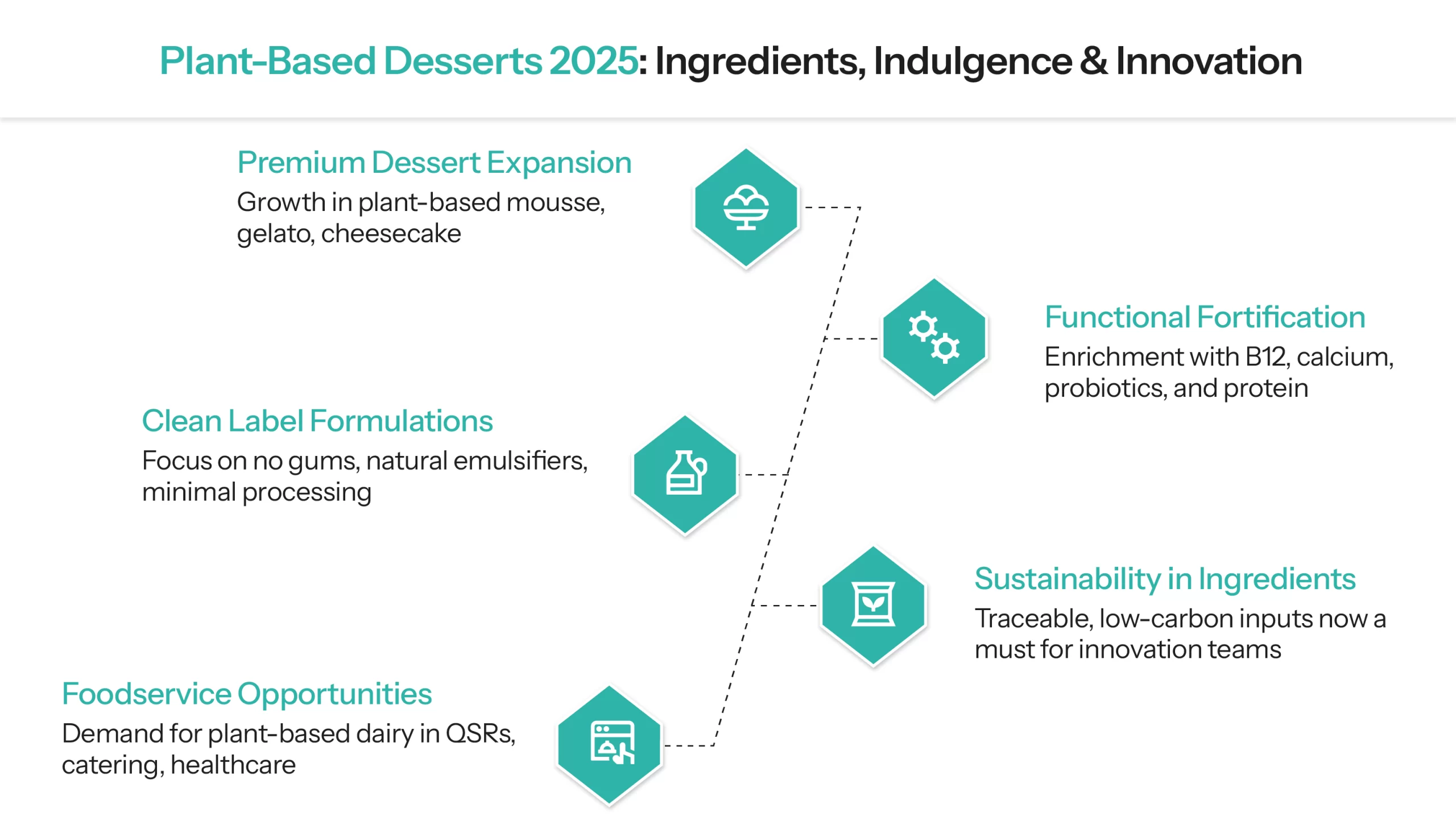
Top Demand Drivers
- Regulatory Shifts: Governments globally are drafting policies that provide platforms for the development of sustainable food systems, including alternative proteins that offer environmental safety options and are derived from plants.
- Sustainability and ESG: Reducing carbon footprints is gaining acceptance among consumers and corporations. Moreover, water conservation and animal welfare are setting the stage for sustainable ESG compliance for plant-based dairy products.
- Health and Wellness: Plant-based alternatives are emerging as the go-to choice of people suffering from dairy allergies and looking for low-saturated and cholesterol-free alternative diets.
Top Ingredients Overview
- Oat: The demand for oat milk has grown due to its neutral flavor, creamy texture, and sustainability profile. It needs less water; oat protein provides good emulsification properties.
- Almond & Cashew: These nuts offer creamy and rich textures that are compatible with desserts and premium dairy alternatives. They are sourced from water-efficient regions.
- Soy: Its protein is functionally versatile and nutritionally dense, which offers gelling and emulsifying properties. Notably, the sourcing of organic soy and non-GMO soy, along with the adoption of improved processing techniques, is drawing the interest of both consumers and companies.
- Pea Protein: This protein is drawing popularity due to its allergen-friendly properties, sustainable cultivation methods, and high protein content. Also, it provides satisfying emulsification.
- Coconut, Rice, Hemp: Coconut milk is renowned for its rich flavor and high fat content, making it ideal for use in creamers and desserts. Rice milk offers a hypoallergenic element and is often integrated with other bases. Hemp offers omega-3 fatty acids and is emerging as a niche ingredient with sustainability benefits.
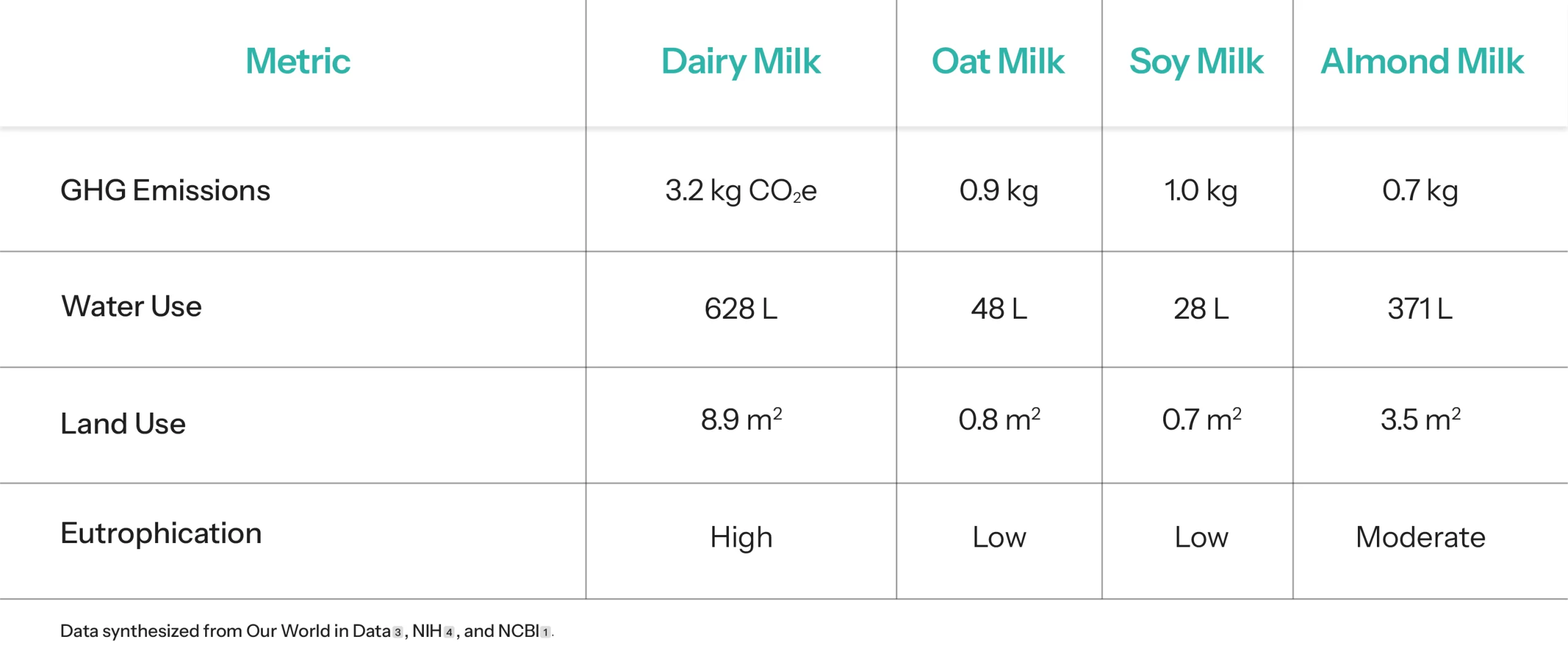
Desserts as the Next Frontier
Plant-based desserts have gone past the era of tofu pudding by moving beyond it through innovations:
- Mousses: The dessert is fortified with pea protein and probiotics. These options are indulgent and functional.
- Ice Creams: Cashew and oat-based flavors now rival traditional dairy in taste and texture
- Cakes & Pastries: Immaculate Baking and General Mills are innovating with vegan frozen treats.
- Flavors of the Future: Think cardamom-rose coconut cream, matcha almond mousse, and saffron oat kulfi—local flair with plant-based integrity.
Innovations Driving the Category
- Texture and Flavor Enhancement: Advances in food processing have enabled plant-based products to replicate the mouthfeel and creaminess of dairy closely. Notably, enzymatic treatment and fermentation enhance nutritional value and taste.
- Fortification: Several plant-based dairy products are fortified with B12, calcium, and Vitamin D that exceed or at least match the nutritional requirements of cow’s milk.
- Natural Ingredients: People are preferring products with minimal additives and recognizable natural ingredients, compelling companies to focus on innovation in flavorings, sweeteners, and thickeners.
Multinational Leaders
- Danone: The brand is leading the global chart in plant-based dairy products through innovation and an agenda of market expansion, leveraging extensive R&D efforts to drive growth. It utilizes subsidiaries like Alpro and Silk to maintain its position at the top of the competition.
- Unilever: The frozen-dessert market in the plant-based category has been well captured by Unilever through its products like Talenti and Ben & Jerry’s, by integrating sustainability and innovation into them.
- Nestlé: The brand acquired Wildmade to expand its plant-based portfolio, aiming to offer dairy-free ice creams and yogurts worldwide.
- Silk: The company primarily focused on soy milk, but is now expanding its horizon into oat, almond, cashew, and coconut milk. Moreover, it is extending its space in yogurt and dessert alternatives as well.
- General Mills: It acquired the plant-based dessert line of Immaculate Baking, increasing its market share in cookies and vegan cakes. The brand is actively investing in the development and distribution of plant-based products.
Innovative Startups
- Oatly: The startup is innovating with new dessert SKUs and taking sustainable initiatives while emphasizing consumer engagement and transparency
- Ripple: The budding brand specializes in pea protein-based milks and desserts, which are allergen-friendly, focusing on sustainability and functional nutrition
- Those Vegan Cowboys: A fermentation-driven startup focused on authentic vegan cheeses, leveraging cutting-edge biotechnology
Challenges and Opportunities
The plant-based dairy and dessert industry has its own set of opportunities and hardships that need to be looked at:
Challenges:
- Creating the exact replica of the texture and taste of dairy products is a challenging task for many businesses dealing in the plant-based dairy domain, especially cultured dairy and cheese items
- There’s a lack of awareness to debunk the misconceptions floating around nutrition and taste offered by plant-based dairy
- Access for a large consumer group is restricted following the price point at which the plant-based dairy products are available to consumers
Opportunities:
- Companies have great opportunities in expanding their distribution using foodservice channels and mainstream retailers to enhance accessibility
- The future for plant-based dairy and desserts seems bright, with continuous innovation in processing and ingredients, and promising technologies
- The surging flexitarian consumer class is opening vast markets for plant-based dairy and desserts
Environmental Benefits of Plant-Based Dairy Products
The plant-based dairy products are increasingly becoming a reckoning force in offering immense environmental impact:
1. Reducing Greenhouse Gases
- Plant-based dairy lowers carbon footprint by generating 59-71% fewer emissions than cow’s milk per liter. For instance, oat milk delivers 71% less CO₂e than dairy.
- It eliminates methane produced by cattle during digestion, one of the reasons for greenhouse gas production
2. Water Conservation
Less water usage:
- Oat and Soy Drinks use 60–70% less water compared to dairy milk.
- Almond Milk needs less water than dairy
- Less Water Demand: One liter of dairy milk production requires 628 liters of water vs. 28–371 liters for plant-based alternatives
3. Land Efficiency
- Smaller Land Footprint: Plant-based dairy requires up to 10 times less land compared to dairy farming.
- Reduces Deforestation: It exemplifies sustainable agriculture, ensuring lower or no deforestation
4. Lower Eutrophication
- Minimizes Nutrient Pollution: Dairy farming typically leads to algal blooms resulting from fertilizer runoff. Notably, plant-based foods contribute to a 49% reduction in eutrophication impact.
5. Energy Efficiency
- Less Resource-intensive: Plant-based production reserves energy by avoiding energy-consuming processes, including methane management and livestock feed cultivation
6. Biodiversity Preservation
- Lower Habitat Destruction: Dairy farming can cause significant habitat harm, contributing to the extinction of several species. Plant-based sourcing has a lower ecosystem impact.
7. Circular Economy Potential
- Upcycling Byproducts: Oat pulp, almond hulls, and soy okara can be repurposed into foods, biofuels, or fertilizers
Future Outlook and Conclusion
The plant-based dairy and dessert market is expanding, creating curiosity among potential customers. It is gaining takers in mainstream food culture globally due to its health benefits and improved supply chains compared to before. Moreover, technological innovation is making plant-based desserts and dairy more affordable for the general public. With the variety available on the market, people are expected to enjoy these options.
With the environmentally friendly alternatives that it provides to the world, grappling with greenhouse gas emissions and water scarcity, the sustainability factor is drawing industries and stakeholders to invest in the sector for bigger benefits.
By meeting the consumer demands for healthier food with sustainability, innovation, and evolution over the years, with the correct technological advancements in marketing and ethical practices, the plant-based dairy and dessert market is set to grow beyond horizons.
